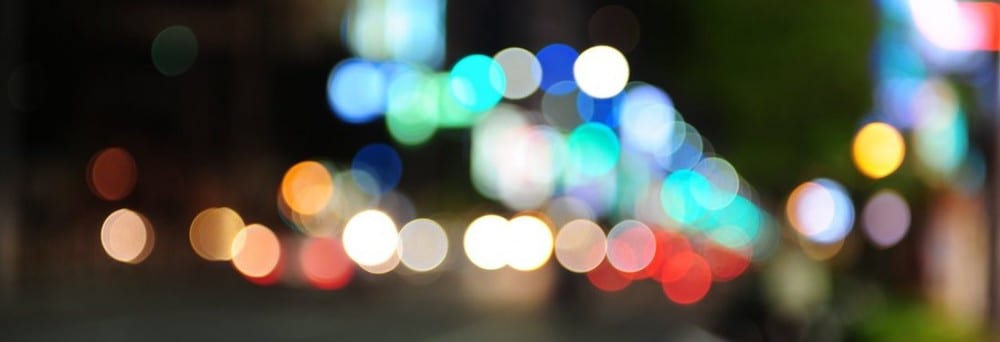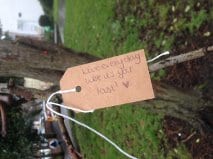In response to my previous blog post discussing Tim Etchells’ 8 fragments, we decided to explore further into the observation fragment and take our exploration to Lincoln high street, we filmed the high street and wrote a message that describes how we observe each other every day. We took into account all the things Etchells explores in his fragment and even included footage on escalators to go with his view of the ‘production line’. We then wanted to challenge the social expectancy in society and reach out to members of the public to see if they would respond and we recorded this footage and our outcomes. Here is our 3 minute response.
Author Archives: Dominique Sabina Gent
Observation/Coincidence.
Tim Etchells 8 fragments of Theatre and the City explores different thoughts and ideas about performing in and about cities. I found the Observation/Coincidence fragment to be the most interesting “did you understand that the city was always about glimpsing other lives?” (Etchell, 1999, p.78)
I find it so baffling that we walk past several people in a day and share the same walking space as them yet know nothing about their lives. We make snap judgements when we look at people and decide what they do in their lives just by the way they look or walk, and when we could talk to them we don’t. Etchell describes the most extreme form of this as the escalator “where we pass each other as if objects on a production line”, “We watch each other, getting closer, and then just when we could speak, or even touch, our eyes drop and the moment passes.” (Etchell, 1999,p.78)
So many of these moment occur at various times throughout the day, cars in traffic, stopping at a level crossing waiting for a train to pass, waiting at a pedestrian crossing; we all keep to ourselves and don’t take the time to notice the others around us, we become aware of the people and choose to keep our eyes down to avoid awkward eye contact or conversation that you don’t want to take part in. Why do we do this? Why don’t we all speak to everyone we see, would the streets be happier places to be? This section in the 8 fragments raises all these types of questions and really made me think about just stopping and taking the time to notice the people around me.
Bibliography:
Etchell, T. (1999) Certain Fragments. London: Routledge.
Trees of enchantment and friendliness
When looking at the 25 instruction to performance in cities from teaching performance studies we decided to create a situation for a mass audience of spectators by leaving messages of enchantment and friendliness on trees throughout the city. We felt this task would brighten peoples days if they stopped to look at our trees, and would create a senses of happiness within the city even if only for a few people. We left a variety of messages on different trees throughout Lincoln, we decided to change the task slightly by leaving a few messages on synthetic trees inside the bar and restaurant Walkabout on the high street in Lincoln. By doing so we got a mix of reactions from the public, in Walkabout people kept looking over at us placing the messages but did not venture over to the tree to look at the messages whilst we were still in the area. On the waterfront people stopped to look at the messages but did not ask what they were for or about whereas in the centre of town due to the time of day we left the messages we had a lot of children stopping, staring and asking what we were doing, so we explained. By leaving the messages in a variety of places we got mixed reactions from the public which is what we desired. I have enclosed photos of the messages on different trees.
An introduction to site-specific performance
“The conventions and techniques of the auditorium may be inappropriate or inadequate for ‘site’.” (Pearson, 2010, p.1)
From reading the introduction to site-specific performance by Mike Pearson I understand that the term is hard to completely define, however it is mainly seen as a performance that is only relevant to a specific ‘site’ or ‘place’. If this performance was to be performed in any other site or place it would become irrelevant and make no sense. It is also about removing performance from the standard auditorium to surrounding areas outside and further a field.
“Although the stage is a site of imagination and site always inescapably itself, site may be transformed by the disruptive presence of performance seeking a relationship other than that of a ready-made scenic backdrop against which to place its figures.” (Pearson, 2010, p.2) After learning the site we have been assigned, I am very excited to start developing a performance based on either the waterfront or the high street involving liberation!
Pearson, M.(2010) Site Specific Performance. Basingstoke: Palgrave Macmillan.




